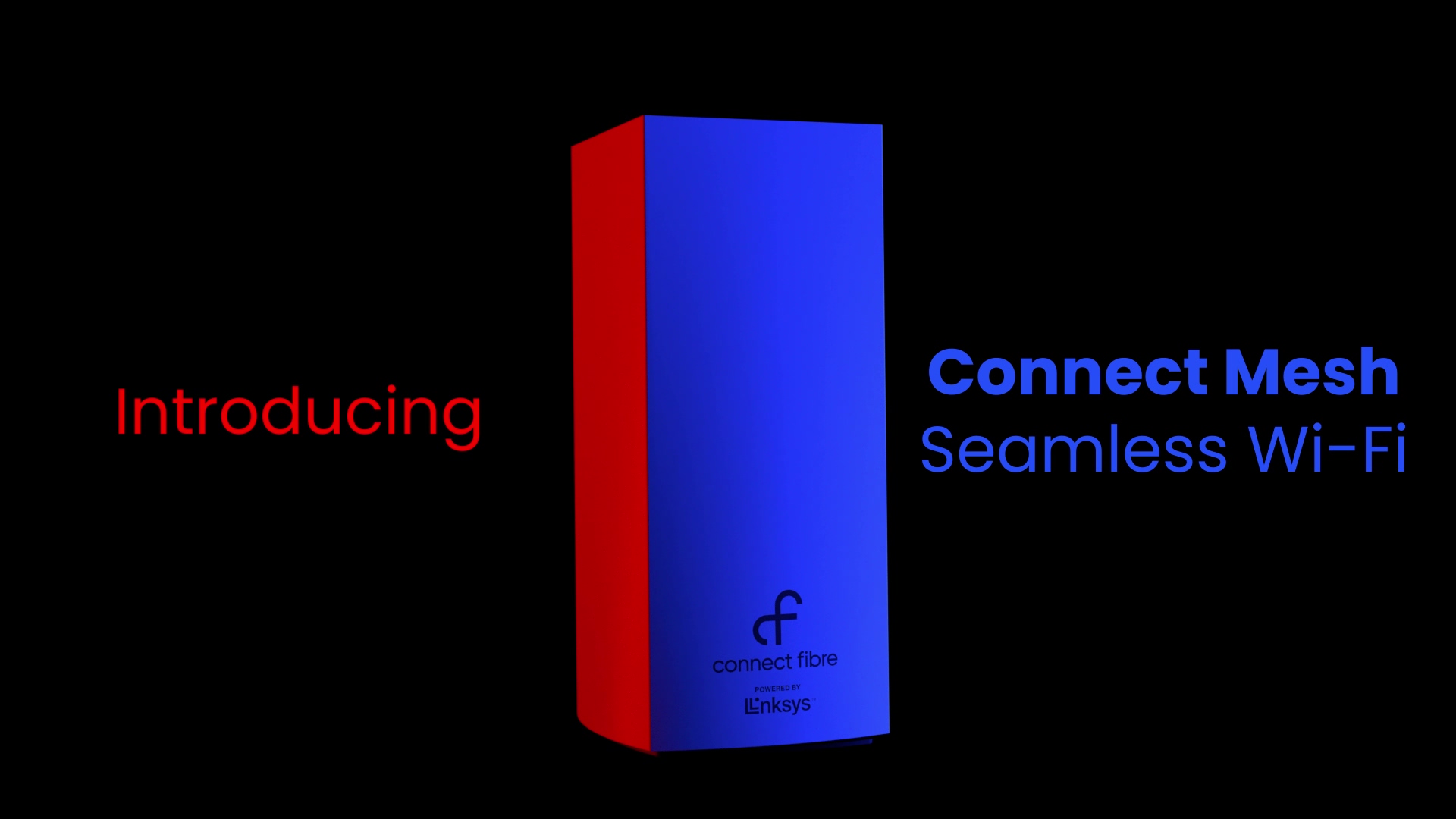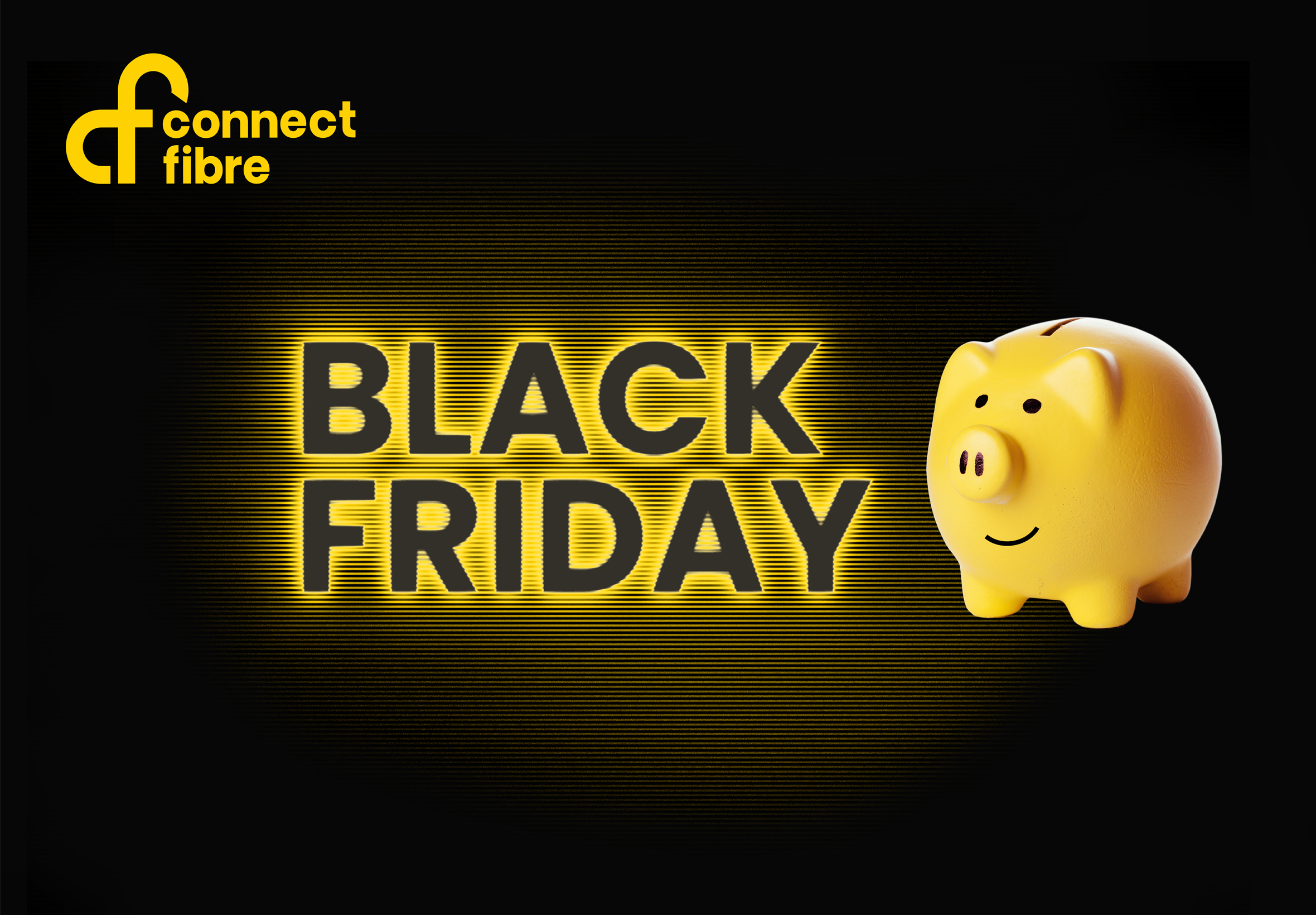When browsing for broadband packages, there’s a sea of jargon and terminology to wade through. While it may be second nature to those within the industry, your understanding of what you’re receiving can be swamped by confusing language.
At Connect Fibre, helping you understand all the broadband terms you may come across is a priority. We want you to feel informed about what you’re receiving at all times. That’s why we’ve put together a handy jargon buster to turn you into a broadband expert in no time. Who knows, it may even come in handy at a pub quiz!
Read on to learn all about common broadband terminology with this cheat sheet.
.jpeg?width=791&height=527&name=AdobeStock_335194748%20(2).jpeg)
Technical Broadband Terminology
To kick off our broadband jargon buster, here’s a look at some of the technical terminology you’re most likely to encounter, particularly when navigating through descriptions of broadband products and services.
2.4 GHz (Gigahertz):
A frequency band commonly used for wireless communication, including Wi-Fi networks. In the context of Wi-Fi, 2.4 GHz refers to the radio frequency at which signals are transmitted between devices and routers.
5 GHz (Gigahertz):
A higher frequency band commonly utilized for wireless communication, particularly in Wi-Fi networks. The 5 GHz band offers several advantages over the 2.4 GHz band, including faster data transfer rates and reduced interference from other devices.
Bandwidth:
The capacity of your broadband network to transmit data. Higher bandwidth results in faster speeds for data reception.
Broadband:
The overarching term for internet connections found in most homes and businesses.
CG-NAT (Carrier-Grade Network Address Translation):
A technology used by Internet Service Providers (ISPs) to address the shortage of available IPv4 addresses. CG-NAT allows multiple customers to share a single public IP address, translating their private IP addresses to the public one when accessing the internet.
Data:
Information transmitted through your broadband, represented in 'bits.'
Download:
In broadband, it refers to the transfer of data from one device/source to another via the network. Download speed dictates how quickly files can be retrieved.
Ethernet Cables:
These cables, often yellow, enable a 'wired' connection directly from a device to a router, offering faster and more reliable connectivity than Wi-Fi.
Fibre-Optic Cable:
Cables transmitting large amounts of data at the speed of light.
Fixed Line:
Broadband delivered through physical cables, covering ADSL, cable, and fibre connections, the most common option in the UK.
FTTC (Fibre-to-the-Cabinet):
A technical term describing fibre broadband connections.
FTTP (Fibre-to-the-Premises):
The technical term for full fibre broadband connections.
Gigabits:
A measurement of the number of bits, where one gigabit equals 1000 megabits.
IP Address:
The numeric location of your device online, akin to a postcode for your broadband.
ISP (Internet Service Provider):
Describes any broadband supplier.
Landline:
A phone handset connected to the phone line serving your property.
Mbps (Megabits per Second):
A unit of measurement for internet speed, indicating the rate at which data is transmitted over a network. Mbps is commonly used to express both download and upload speeds.
Mesh Network:
A wireless network topology that consists of multiple interconnected nodes or devices, working together seamlessly to provide extended and reliable coverage. Mesh networks are particularly effective in larger spaces or homes where a single router may struggle to provide consistent coverage. We offer our Connect Mesh service as an add-on to our full fibre.

Network:
Connecting devices wirelessly through your broadband.
Phone Line:
The older copper wire connected to a property, used for ADSL and part of a fibre broadband connection.
PING
A measurement of latency or the time it takes for data to travel from your device to a server and back. Low ping is crucial for activities like gaming and video conferencing.
Router:
A device enabling internet access for your devices via Wi-Fi or a wired ethernet connection, varying among ISPs in handling different speeds. We use the Wi-Fi 6 Pro router on our 1000Mbps package (more on that later!)
Symmetrical Speeds:
Equal download and upload bandwidth, as offered with our full fibre connections.
Traffic:
The number of users and/or devices on a broadband network simultaneously, impacting speed.
Upload Speed:
Measures how fast you can send information via your broadband connection, also in Mbps.
VoIP (Voice over Internet Protocol):
A technology that enables voice communication and multimedia sessions over the internet rather than traditional telephone lines. VoIP converts analogue audio signals into digital data packets, which are then transmitted over the internet in real-time.
Wi-Fi:
A wireless broadband network, often created by a router, allowing device connectivity for internet use.
Wi-Fi 6:
The latest standard in wireless technology, Wi-Fi 6 improves upon its predecessors by offering faster speeds, increased capacity, and enhanced performance, especially in crowded or dense network environments. We provide Wi-Fi 6 Pro routers as standard with our Hypersonic broadband.
.jpg?width=1568&height=1261&name=Router%20on%20table%202%20(1).jpg)
Types Of Broadband
Next up is a run through of all the different types of broadband available via UK providers. This will help you better understand what services are out there.
4G Broadband:
Delivered wirelessly via the 4G mobile network, offering average download speeds of up to 100Mbps.
5G Broadband:
Delivered wirelessly via the 5G mobile network, faster than 4G with theoretical average download speeds of up to 1Gbps.
ADSL (Asymmetric Digital Subscriber Line):
The oldest broadband type, delivered through copper cables of the phone network, with average download speeds around 10Mbps.
ADSL2+:
An upgraded version of ADSL broadband, providing slightly faster speeds of around 24Mbps.
Cable Broadband:
Commonly refers to broadband delivered via an independent cable network, such as Virgin Media's broadband and TV offerings.
Fibre Broadband:
Delivered partially via fibre optic cabling, faster than ADSL due to the higher speed of fibre cables. Average download speeds range from 30Mbps to 100Mbps.
Full Fibre Broadband:
What you receive with Connect Fibre. This is broadband delivered through fibre optic cables directly from the local exchange point to the building, providing huge average download and upload speeds of as much as 1000Mbps.
Gigabit-Capable Broadband:
A broadband connection capable of delivering average download speeds of 1000Mbps, the likes of which Connect Fibre provides.
Mobile Broadband:
Broadband, usually 4G or 5G, delivered wirelessly without physical cables via a mobile phone network.
Social Tariff Broadband
Broadband of a lower speed offered at a discounted rate to those in receipt of benefits.
Standard Broadband:
Sometimes used interchangeably with ADSL broadband connections.
Superfast Broadband:
A term used to describe fibre broadband connections between 30Mbps and 300Mbps.
Hyperfast Broadband:
Describes Full Fibre and gigabit-capable broadband connections with exceptionally high speeds, such as the 1000Mbps offered by Connect Fibre.

Broadband Deal Terminology
Some of the terminology you may encounter when it comes to the nitty gritty of your deal.
4K:
A screen resolution of approximately 4,000 pixels often used in broadband to indicate the level of streaming quality a connection can provide.
to protect your devices from online threats, including viruses and malware.
Bolt-On:
A term used by providers for optional extras or additional services that can be added to your current broadband deal for an extra cost. We offer phone, TV, and mesh services as add-ons
Cooling Off Period:
A period, typically two weeks, offered by some ISPs after switching providers or starting a new broadband contract. During this time, you can cancel or change your tariff if unsatisfied.
Contract Buyout:
Connect Fibre offers a Contract Buyout offer to help make the process of switching from a current provider easier from a financial perspective with support of up to £300 credit.
Dongle:
A USB device that can be plugged into a device to establish a portable mobile broadband network.
Exit Fee:
Also known as a 'penalty,' this is a cost paid to your ISP if you wish to terminate your contract early. Not all providers include exit fees in their service agreements. Our Contract Buyout is designed to help ease the pressures of an exit fee when switching.
Line Rental:
At Connect Fibre, we don't do line rental. It's a charge, typically included in your monthly bill, covering the maintenance cost of the copper phone line servicing your property. Found primarily in ADSL and fibre broadband deals.
Set Up/Installation:
Refers to any work, whether in your property or by a visiting engineer, required to establish your broadband connection.
Speed Guarantee:
A contractual guarantee from certain ISPs that your broadband will not drop below a specified average download speed. Potential compensation may be offered if this guarantee is not met.
Streaming:
A method of viewing television or visual content through your broadband.
UHD (Ultra-High-Definition):
A commonly referred-to streaming resolution used by ISPs to showcase the capabilities of certain broadband speeds.
Upfront Fees:
One-time charges paid before receiving your broadband, covering aspects like installation, new connections, or postage of your new router.

Ready For Full Fibre?
Now that you’re armed with all the broadband terminology you need, all that’s left is choosing the right broadband for you. At Connect Fibre, we have four great packages on offer including hyperfast 1000Mbps.
If you’re ready to join the full fibre revolution, head to our postcode checker to see if we’re in your area.


.png)

